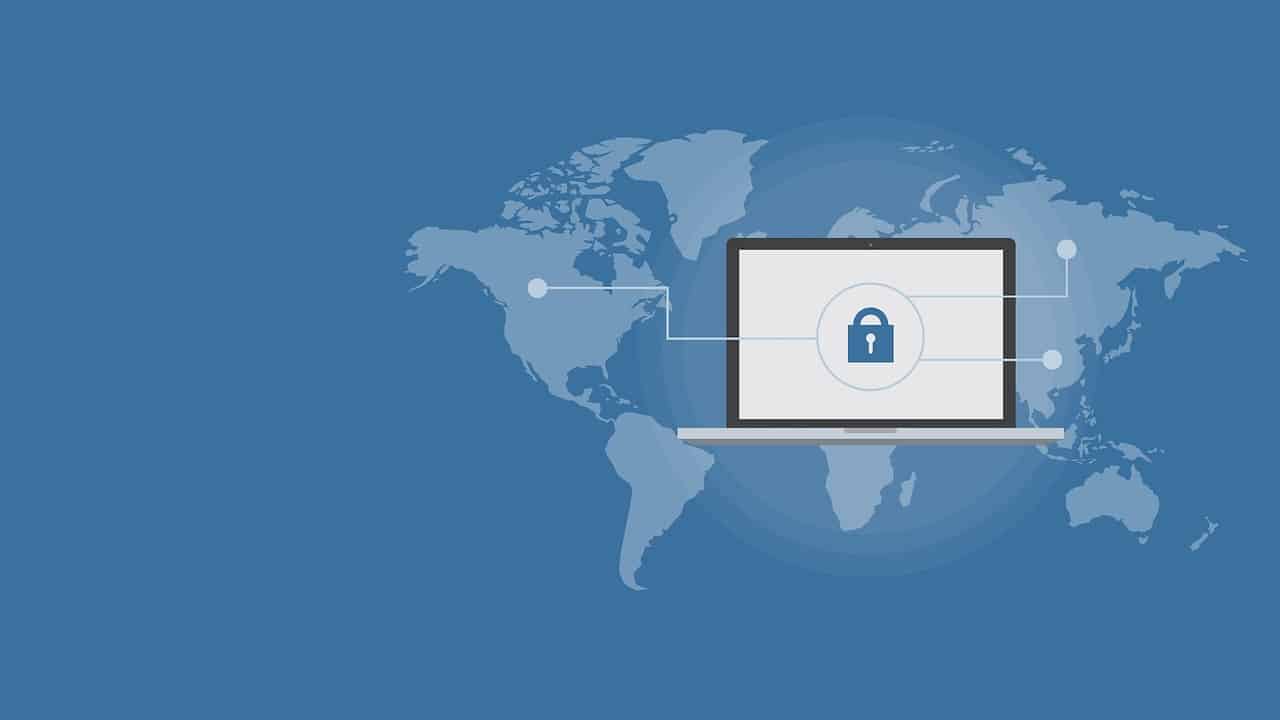In today’s digital landscape, cloud computing has become the backbone of modern business operations. However, with the increasing adoption of cloud services comes the critical need for robust cybersecurity measures. Organizations must implement comprehensive security protocols to protect sensitive data and maintain operational integrity, especially in sectors like financial trading where security breaches can have devastating consequences.
Understanding Cloud Security Fundamentals
Cloud security encompasses multiple layers of protection implemented across cloud infrastructure, applications, and data. The fundamental principle revolves around creating a secure environment that maintains data confidentiality, integrity, and availability. For businesses operating in the financial sector, particularly those engaged in automated trading, implementing a reliable trading VPS with proper security measures is essential for maintaining continuous and protected operations.
Essential Security Protocols
Multi-Factor Authentication (MFA) stands as the first line of defense in cloud security. By requiring multiple forms of verification, MFA significantly reduces the risk of unauthorized access. Modern cloud security implementations should incorporate biometric authentication, hardware tokens, or authenticator apps alongside traditional password protection.
Encryption plays a pivotal role in data protection. Organizations should implement both data-at-rest and data-in-transit encryption using industry-standard protocols. AES-256 encryption remains the gold standard for data-at-rest, while TLS 1.3 provides optimal security for data in transit.
Network Security Implementation
Advanced firewall configurations form the cornerstone of network security in cloud environments. Next-generation firewalls (NGFW) offer deep packet inspection, intrusion prevention, and application-aware filtering. These capabilities are crucial for protecting against sophisticated cyber threats and ensuring secure communication channels.
Virtual Private Networks (VPNs) and network segmentation add additional security layers. By implementing network segregation, organizations can isolate critical systems and limit the potential impact of security breaches. This approach is particularly vital for financial trading infrastructure where network isolation can prevent unauthorized access to trading systems.
Monitoring and Threat Detection
Real-time monitoring systems serve as the eyes and ears of cloud security infrastructure. Advanced Security Information and Event Management (SIEM) solutions provide continuous monitoring of system activities, enabling rapid detection of potential security threats. Machine learning algorithms enhance these systems by identifying patterns and anomalies that might indicate security breaches.
Incident Response and Recovery
A robust incident response plan is crucial for maintaining security in cloud environments. Organizations should develop and regularly update their response procedures, including:
Immediate threat containment protocols Clear communication channels and responsibilities Detailed recovery procedures Regular testing and updates of backup systems
Compliance and Regulatory Considerations
Financial sector organizations must ensure their cloud security measures align with relevant regulatory requirements. This includes compliance with standards such as:
SOC 2 Type II certification ISO 27001 security standards GDPR data protection requirements financial industry-specific regulations
Advanced Security Measures
Zero Trust Architecture represents the future of cloud security. This model operates on the principle of “never trust, always verify,” requiring continuous validation of every user and system attempting to access network resources. Implementing Zero Trust principles significantly enhances security posture and reduces the risk of unauthorized access.
Container security has become increasingly important as organizations adopt containerized applications. Security measures should include container image scanning, runtime protection, and secure orchestration practices. These elements ensure that containerized applications remain protected throughout their lifecycle.
Stay ahead of volatility and execute complex trades swiftly thanks to a vps for futures trading. Low-latency connections minimize slippage, ensuring you secure entries and exits at preferred price points. This hosting environment is designed to manage resource-intensive algorithms and data feeds without interruption. Lock in more consistent results by leveraging cutting-edge infrastructure built for futures traders.
Future-Proofing Security
Artificial Intelligence and Machine Learning are revolutionizing cloud security. These technologies enable:
Predictive threat detection Automated response to security incidents Pattern recognition for anomaly detection Continuous security posture improvement
The integration of quantum-resistant cryptography represents another crucial consideration for future-proofing cloud security. As quantum computing advances, organizations must prepare for the potential threat to current encryption methods.
Best Practices Implementation
Organizations should adopt a comprehensive approach to implementing cloud security best practices:
- Regular Security Audits: Conduct thorough assessments of security measures and identify potential vulnerabilities.
- Employee Training: Maintain ongoing security awareness programs to ensure staff understand and follow security protocols.
- Patch Management: Implement automated patch management systems to ensure all systems remain current with security updates.
- Access Control: Utilize role-based access control (RBAC) and principle of least privilege to minimize security risks.
Conclusion
Cloud security requires a multi-faceted approach combining technical solutions, procedural controls, and human awareness. Organizations must remain vigilant and adaptive in their security practices as cyber threats continue to evolve. By implementing comprehensive security measures and staying current with emerging threats and technologies, businesses can maintain robust protection for their cloud infrastructure and critical operations.
The investment in proper security measures, including secure and reliable cloud infrastructure, represents a fundamental requirement for modern business operations. As cyber threats continue to evolve, organizations must maintain continuous improvement in their security posture to ensure long-term protection of their digital assets and operations.



